Entry Category: Individuals and Units
McCulloch, Benjamin
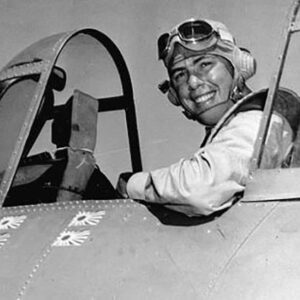 Elbert S. McCuskey
Elbert S. McCuskey
McDaniel, Irven Granger
McIntosh, James McQueen
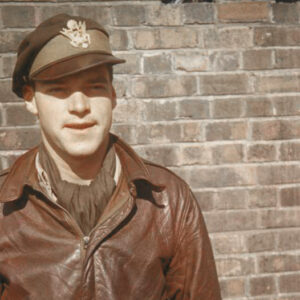 Pierce McKennon
Pierce McKennon
McKennon, Pierce Winningham “Mac”
McLaughlin, William Heber
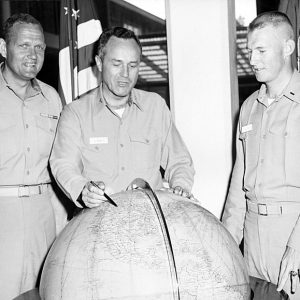 Sid McMath
Sid McMath
McNair, Evander
 McRae Grave
McRae Grave
 McRae Memorial
McRae Memorial
McRae, Dandridge
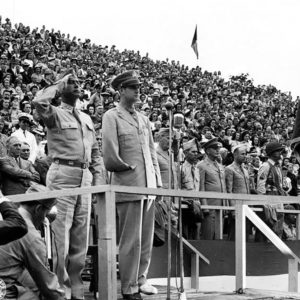 Medal of Honor Presentation
Medal of Honor Presentation
Merryman, James Harold
Military Board (Civil War)
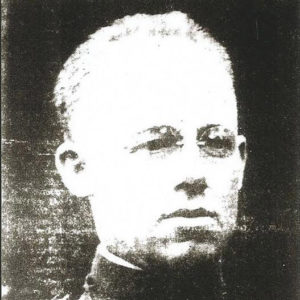 Oscar F. Miller
Oscar F. Miller
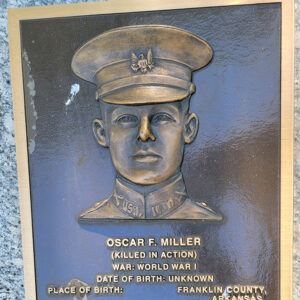 Oscar F. Miller Plaque
Oscar F. Miller Plaque
Miller, Oscar Franklin
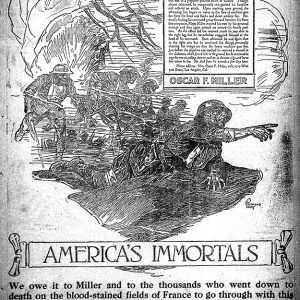 Oscar Miller Tribute
Oscar Miller Tribute
Mississippi River Squadron (US)
aka: Western Gunboat Flotilla
aka: Mississippi Flotilla
aka: Mississippi Squadron
Monroe’s First/Sixth Arkansas Cavalry (CS)
Moore, Edward, Jr.
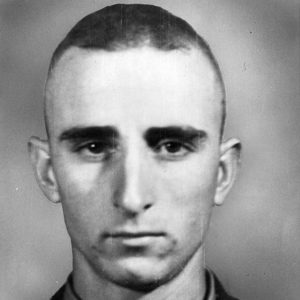 Whitt L. Moreland
Whitt L. Moreland
Moreland, Whitt Lloyd
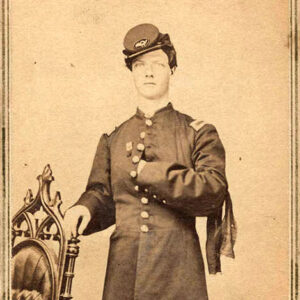 James Morgan
James Morgan
 James Morgan
James Morgan
Morgan, Stokeley P.
Mountain Federals
aka: Mountain Feds
Munn, John Calvin
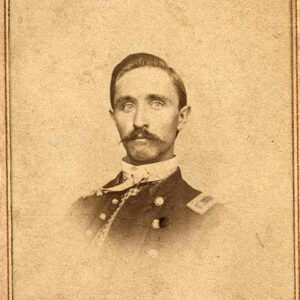 John L. Murphy
John L. Murphy
Murray, John Edward
Nelson, Allison
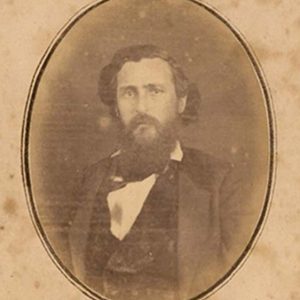 Allison Nelson
Allison Nelson
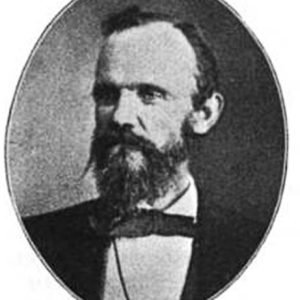 Robert C. Newton
Robert C. Newton
Newton, Robert Crittenden
Nineteenth Arkansas Infantry (CS)
 Ninth Arkansas Flag
Ninth Arkansas Flag
Ninth Arkansas Infantry (CS)
Noble, Marion Monden
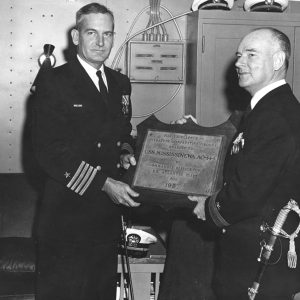 Ira H. Nunn
Ira H. Nunn
Nunn, Ira Hudson (1901–1990)
Ord, Edward Otho C.
Original Tuskegee Airmen
aka: Tuskegee Airmen, Original
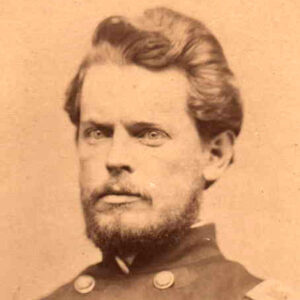 William Ward Orme
William Ward Orme
Orto, Zaphney
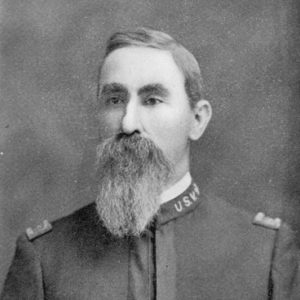 Zaphney Orto
Zaphney Orto
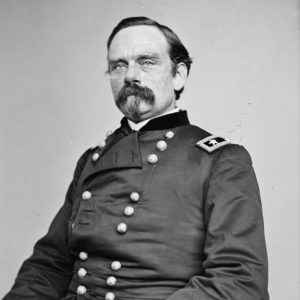 Peter J. Osterhaus
Peter J. Osterhaus




